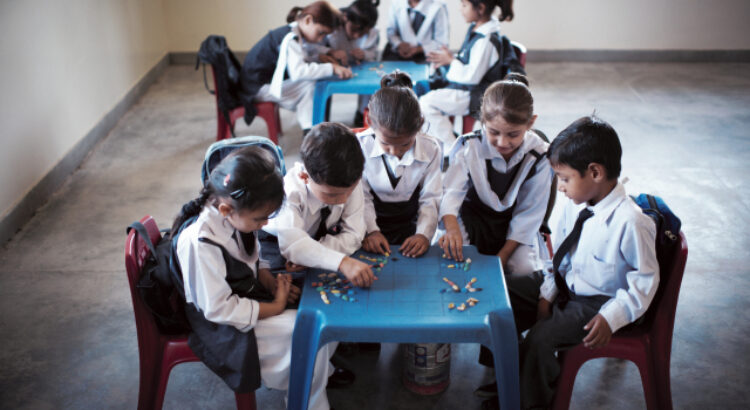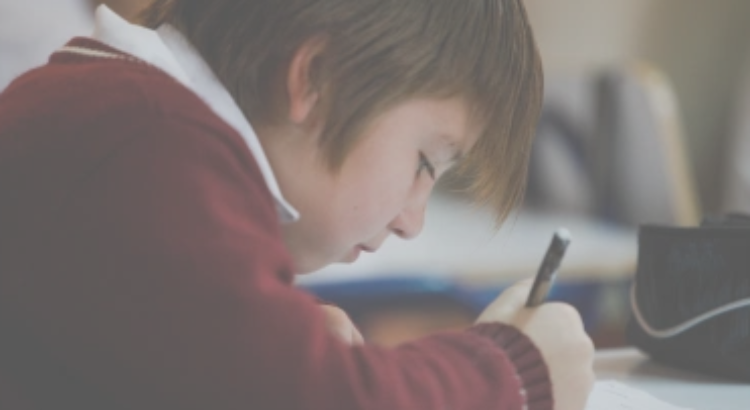By Sheldon Shaeffer, Chair, Board of Directors, Asia=Pacific Regional Network on Early Childhood (ARNEC)
Post-Covid-19, the world will not be the same for a very long time. Life may be so different that there might not even be a post-Covid-19 world in the sense of ever returning to any form of normalcy. We should spend more time assessing exactly what effect this pandemic is going to have on the feasibility of achieving SDG 4. It is time that we moved past discussions about the logistics of school opening to the policies needed to address the pandemic’s long-term damage. At least four major implications for education come to mind.
First, achievements in virtually all sectors of development will be reversed and even lost. Maternal, child, and infant mortality; immunisation rates; food security; poverty; and school enrolment and completion rates will be affected. Parents may no longer be able to afford to educate their children, and child labour may increase. They may also decide to prolong home schooling in face of successive waves of Covid-19 or other pandemics, while students may decide themselves not to return to school after their extended break.
Second, young children will likely be the most harmed by the pandemic. Their nutritional status will be damaged, their sense of security threatened, their health compromised, and their cognitive and social-emotional development seriously disrupted. They will also be more often exposed to toxic home environments – the result of increased domestic violence and poverty – in which many of them will not thrive.
Third, early childhood education and development (ECD) will suffer more than other education levels. Government-supported schools and kindergartens will likely keep their teachers (though perhaps with less pay) during the pandemic and into the re-opening. But many non-elite private schools and community-based ECD programmes have already closed; without a salary, staff may leave and the ECD workforce capacity, enhanced over many years, will be seriously eroded. The slow but steady increase in enrolment in ECD programmes around the world over the last two decades may return to the multiple challenges they were facing a decade ago.
Fourth, existing disparities in access to social services, including education will be exacerbated:
- Children with delays and disabilities, who often had extra support and targeted services in their ECD programmes and primary schools, will not find them at home and so will fall further behind.
- Children living in poverty and those living in rural and remote communities already have less access to the tools required to benefit from distance education than their peers; post-Covid-19, their families will be less able to afford the costs of (re-)enrolling them in ECD programmes and schools.
- Girls in some contexts will likely be more disadvantaged as well – less likely to go back to school, especially from poor families, with heavier domestic responsibilities and increased chances of pregnancy and early marriage.
- Children of refugees and migrants may face greater stigmatisation as “bearers” of the virus, less access to technology, and education programmes even less well-funded than before.
- Ethnic and linguistic minorities will also suffer. Those children who were being taught in the national language will fall further behind, and those being taught in their mother tongue likely do not have online lessons nor printed material in this language for use at home.
In addition, education facilities may have suffered from disuse, children’s learning will have been disrupted, and teachers will be demoralised and demotivated; some may have even left the profession. The challenge will be to return to where education was pre-Covid-19 and to become strong enough to progress enough to reach SDG 4. Current discourse focuses largely on immediate responses to the pandemic and the mechanics of re-opening, and not on addressing its longer-term impact. There has been virtually no discussion of solutions to the challenges mentioned above. But some solutions can be imagined; for example:
- move the discourse around the opening of schools away from logistical issues to its larger challenges, especially those related to increasing inequities and exclusion resulting from Covid-19
- assess more exactly the nature and magnitude of the pandemic’s impacts on achieving the SDGs
- ensure that those most disadvantaged are given high priority as schools and ECD programmes re-open, especially community-based ECD programmes and schools and the most affected families
- promote education activities (especially those which are low-tech and no-tech) that have proven effective with disadvantaged children during the pandemic; e.g., home based learning kits, supplementary reading materials and exercise books for children without internet access, photos of homework sent to teachers by mobile phone, free educational programme streaming, apps for home based testing and exams, etc.
- design programmes for disadvantaged and excluded children to guarantee that they resume their education, make up for the disruption they have suffered, and address the gaps that have increased:
- extra support to children with delays and disabilities
- extra academic support for students who have not been able to follow mandated online and high-tech distance and online education programmes
- extra efforts to ensure that girls return to schools
- psycho-social support to help children better handle the stress, anxiety, and trauma resulting from Covid-19
- ensure strong support to teachers in recognition of the challenges they have faced (often with no or reduced pay) and encouraging them to give attention to the most disadvantaged children in the transition back to school.
- provide support to school leaders who will play an essential role in managing the re-opening of schools with special attention to those in schools in poor/remote/disadvantaged areas
- adjust government budgets to meet the needs of children who have been the worst affected: ensure that any additional funds for re-opening schools are not simply provided per student but are based on the needs of different locations and groups
There is a risk that the losses caused by Covid-19 will take the world back to where it was at the starting point of the Sustainable Development Goals and the time of the Incheon Declaration (2015) or even to Dakar (2000). The hard-won gains, the momentum towards enhanced early childhood development and a greater focus on successful early learning, and the strengthened commitments of many governments towards achieving the SDGs are at high risk of being lost, especially if the points above are not underlined by all as they build back better in the future.
Fuente: https://gemreportunesco.wordpress.com/2020/05/20/the-world-post-covid-19-might-be-the-world-pre-incheon-or-even-pre-dakar/







 Users Today : 43
Users Today : 43 Total Users : 35459509
Total Users : 35459509 Views Today : 58
Views Today : 58 Total views : 3417816
Total views : 3417816